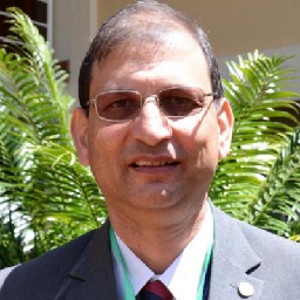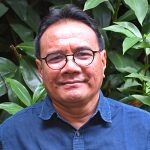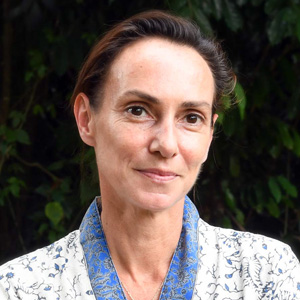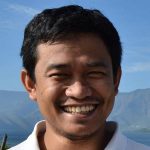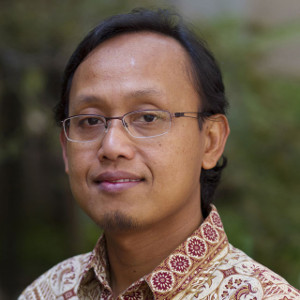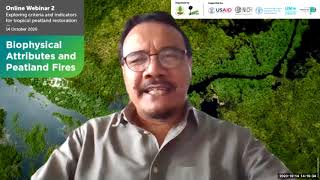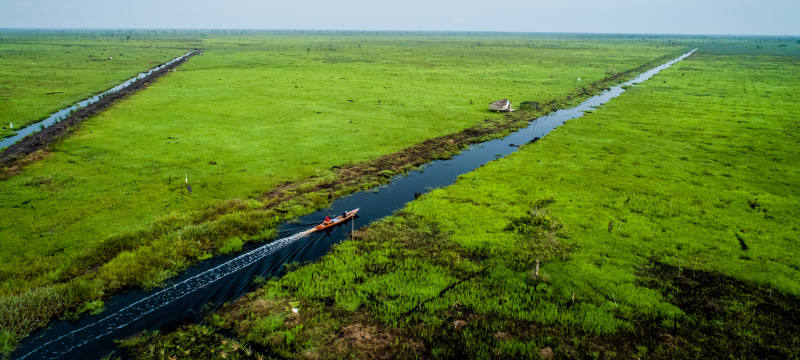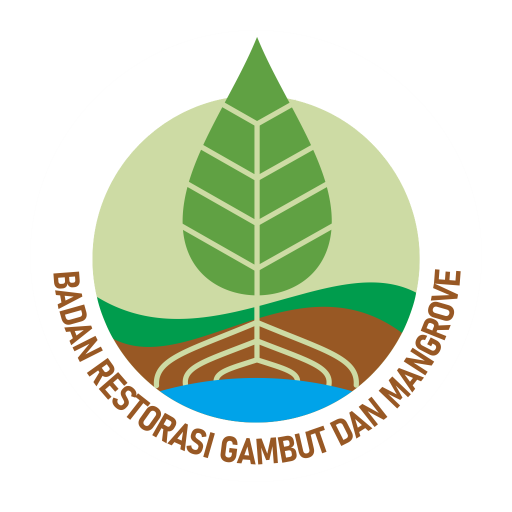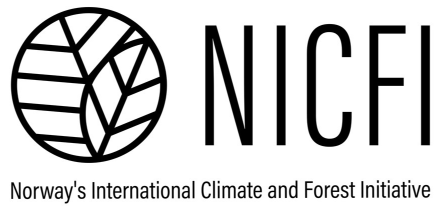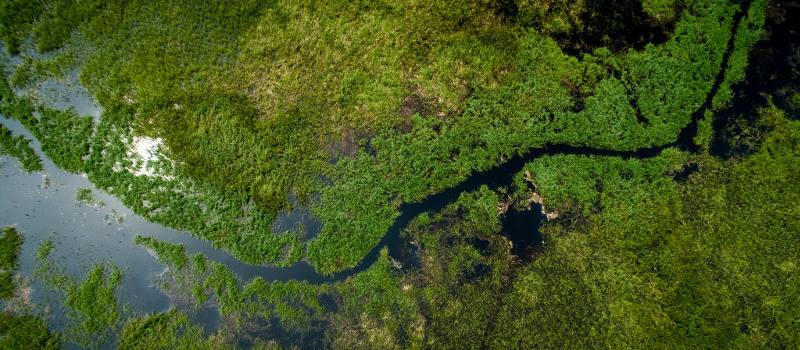
Background
Indonesian peatlands, including peat swamp forests, comprise 36% of the world’s tropical peatlands. Indonesia has one of the largest extents of tropical peatlands globally, and these peatlands provide numerous ecosystem services including their ability to slowly sequester and store carbon. Despite their important benefits, Indonesian peatlands have faced deforestation and drainage since the 1980s, mainly for forestry and agriculture purposes.
Greenhouse gas (GHG) emissions caused by peatland degradation and fires, place Indonesia among the top five emitter countries. In its Nationally Determined Contribution (NDC) under the Paris Agreement, Indonesia has committed to restoring more than 2 Mha of degraded peatland area to prevent GHG emissions. However, peatland restoration needs to be underpinned by monitoring efforts that allow an adaptive approach. Peatland monitoring, guided by science-based practice, can enhance the transparency and accountability of the reporting process, and hopefully ascertain higher degree of success in those efforts.
One approach for monitoring peatlands and its restoration involves use of criteria and indicators (C and I) that are easy to recognize, measure and monitor over time and are also locally relevant. Identified C and I should cover four aspects: (1) biophysical, (2) social, (3) economic, and (4) governance. This allows restoration targets to be adequately quantified, and the success measured.
Goals and objectives
CIFOR, in collaboration with BRG and other partners, such as the Food and Agriculture Organization of the United Nations (FAO), UN Environment Programme World Conservation Monitoring Centre (UNEPWCMC) and Global Peatlands Initiative (GPI), aims to facilitate the learning process and share knowledge on this topic through a series of online workshops.
These online workshops will facilitate consultation with stakeholders to identify an initial set of C and I with necessary attributes to assess restoration success, while being contextually relevant to areas where applied.
Following on the heels of successful Webinar 1 where these important topics were discussed, 2nd webinar in the series is planned for 14 Oct, 2020.
Webinar 2 will facilitate important discussions on biophysical aspects of peatland conditions such as hydrology (water balance), greenhouse gases emissions (due to land use and land cover change and degradation) and impacts of fire.
The subsequent consultative workshops (in this series) will aim at:
• Discussing socio-economic, livelihoods and governance issues pertaining to peatlands
• Conceptualization, design and implementation of frameworks to finalize restoration C&I.
• Determination of the roles and responsibilities of all participating agencies and experts in identifying, testing and finalizing C and I for peatland restoration.
In addition to these consultative workshops, a writing workshop is planned to produce and disseminate a set of C and I. To conclude, a final webinar will be organized for a wider audience, including ITPC member countries to disseminate the results.
Expected outputs
• Set of validated C and I to monitor and assess peatlands restoration success
• Participants familiarized with validated C and I
• Knowledge exchanged, through discussions on scientific ways to use a C and I approach to monitoring and evaluation of peatland restoration.
Background materials
A summary of existing resource material and relevant documents are available at the workshop website
https://www2.cifor.org/swamp/exploring-criteria-and-indicators-for-tropical-peatland-restoration/
For more information
Kania Rahayu, k.rahayu@cgiar.org
This online seminar will be conducted in English language
Presentations:
- Introduction – Online Webinar 2: Biophysical Attributes and Peatland Fires
- Keynote Speech: Principles, Criteria, and Indicators: a ‘means’ by which to adaptively manage natural resources
- Identifying core biophysical criteria and indicators for peatland monitoring and research
- Monitoring tropical peatlands GHG emissions: Is current scientific knowledge sufficient to identify easily measurable and reliable proxies?
- A framework for restoring degraded tropical peat swamp forests
- Peatland hydrological drought and fire risk assessment in changing climate
- Mapping fire: Can spatially explicit criteria and indicators be developed?













